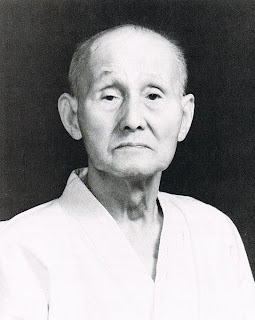ANNUAL GENERAL ASSEMBLY OF THE OCA
The annual General Assembly of the OCA (Olympic Committees of Asia) took place in Macau on 8th November.
The WKF President Antonio Espinós attended the meeting upon invitation of the OCA. He was accompanied by Major General Nasser Alrazooqi, UAE Karate Federation President and WKF Executive Committee member, and by Fakhruddin Abdulmajid, General Secretary of both the UAE and the Arab Karate Federations.
The WKF delegation, that arrived in Macau already on 6th November, had the opportunity to meet the OCA and ACNO President HH Shaikh Ahmed ALfahad ALsabah, as well as the many members of the Olympic Family present in Macau.
HH Shaikh Ahmed ALfahad ALsabah with WKF President
HH Shaikh Ahmed ALfahad ALsabah with WKF President, Major General Nasser Alrazooqi and Fakhruddin Abdulmajid
WKF President, Major General Nasser Alrazooqi and Fakhruddin Abdulmajid attending the OCA AGM
The WKF delegaion with HH Shaikh Ahmed ALfahad ALsabah and Hussain Mussallam, OCA OCA General & Technical Director
WKF President, Major General Nasser Alrazooqi and Fakhruddin Abdulmajid with Ibrahim Al Quannas, President of the Saudi Arabian Karate Federation and also present in Macau as member of the NOC of the KSA









